Montgomery’s Cheddar
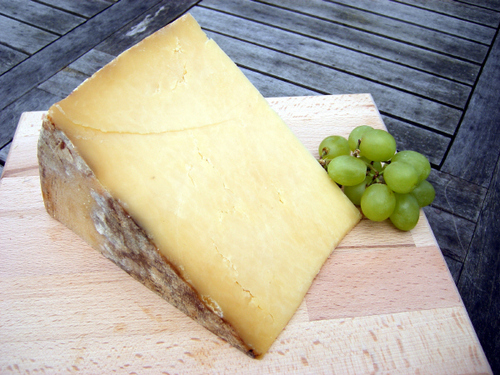
While many of us are just getting over the brutal cold of the “polar vortex” in Chicago, it only seems natural to take comfort in the things that are tried-and-true: an old woolen sweater, hot tea and the like. At Zuercher, we look to cheese to weather the storm. This week, we decided to take a moment to revisit a classic cheese that is dear to our hearts: Montgomery Cheddar from Neal’s Yard Dairy.
Montgomery Cheddar is produced in North Cadbury, Somerset, England and has been made by Jamie Montgomery’s family for the past 70 years. Although the term “cheddar” was never protected by his ancestors, a PDO has been established under the name “West Country Farmhouse” to protect the tradition of this and a select number of other cheddars in Southwest England. Slow Food has also formed an alliance with Montgomery, George Keen (Keen’s) and Richard Calver (Westcombe) under the Cheddar Presidium to go a step further.
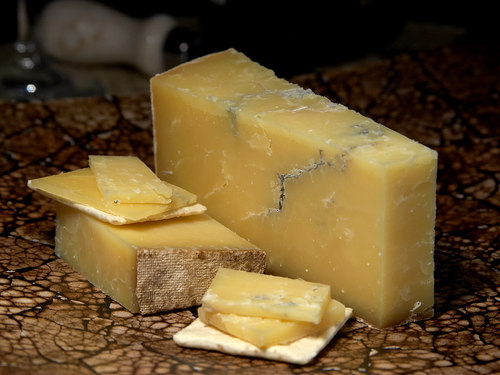
The family’s cows graze on land adjacent to the Iron Age Fort, which served as a defense post for King Arthur and the Wessex Kingdom. The unpasteurized Friesian cow’s milk is the product of a strictly-controlled balance of feed from grass, silage, hay and starches (i.e. potatoes grown by Jamie’s brother.)
The milk is inoculated with calf rennet, cultures (the same ones they have used for decades) and is processed in the traditional cheddaring method. Co-cheesemaker Steve Bridges carefully monitors moisture levels to ensure its characteristic brittle texture. Additionally, moisture control keeps the acidic flavors in check, which can take over if not properly managed. Later, the fifty to sixty pound wheels are wrapped in linen cloth, rubbed with lard and aged on wooden shelves. The minimum aging is generally 12 months, but you will find wheels aged 14 to 18 months.
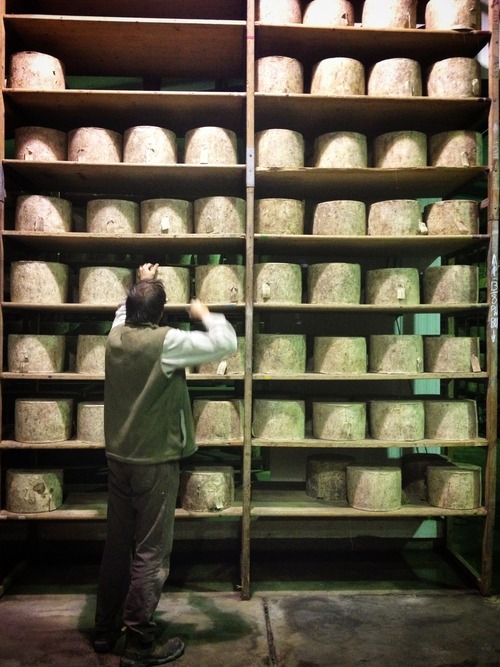
The preservation of traditional methods is appreciated in the final product. Montgomery Cheddar is fantastically rich and nutty, reminiscent of brown butter. Its caramelized flavor is described as being similar to the enzymatic browning one finds on roasted meat. All this girth is softened by a fruity apple-like sweetness. More mature wheels display delightfully crunchy crystalized bits of tyrosine and a more pronounced sweetness.
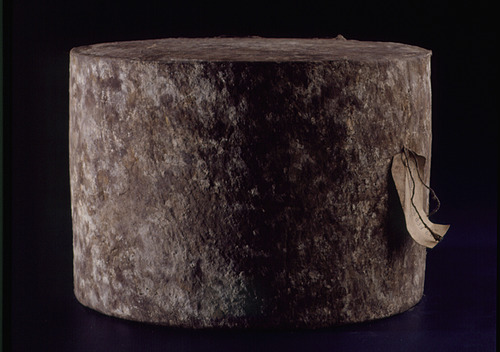
Pairing options for this cheese are varied: a dry English cider, grassy IPA’s or malty Belgians, tawny ports, a New World woodsy Chardonnay or fruity Cabernet Sauvignon (watch the tannins, though.) Each pairing combination will bring out a myriad of complex flavors.
So, when your friends are fretting about the recent shortage of Velveeta for their football parties, you will be a in a different class. You can be snuggled up in your favorite sweater, enjoying Montgomery Cheddar, celebrating a more deeply-rooted and battled tradition of cheese worthy of Camelot.
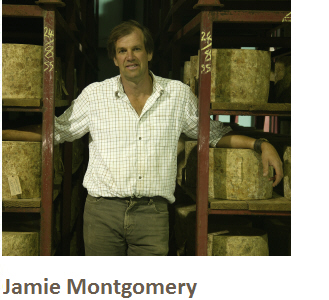
Check out the video below to see Montgomery’s very unique cheddar production process!

